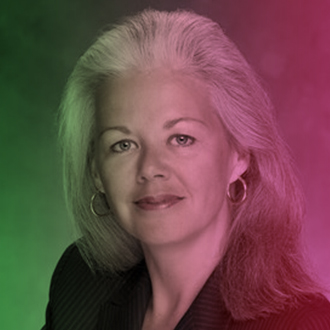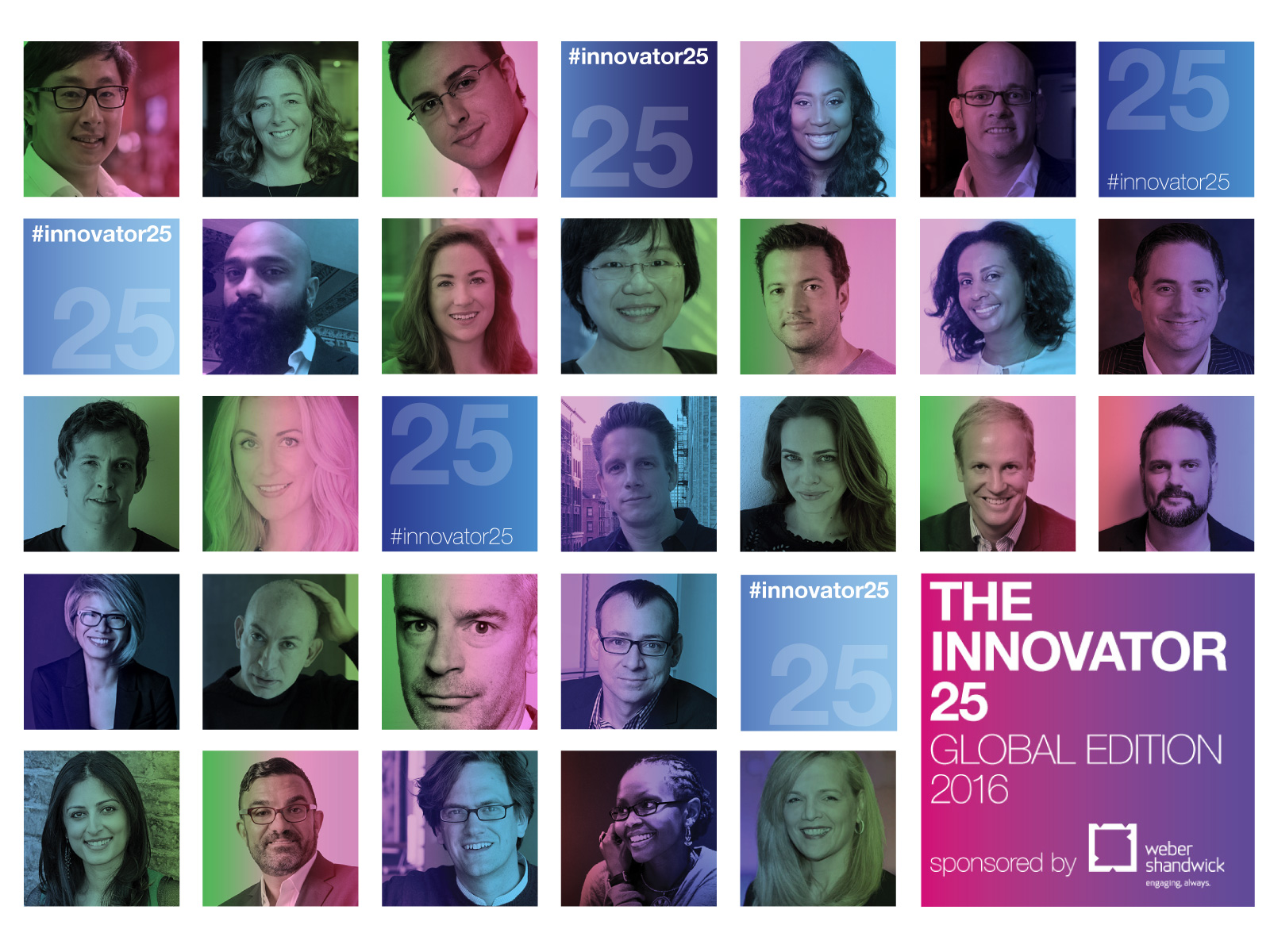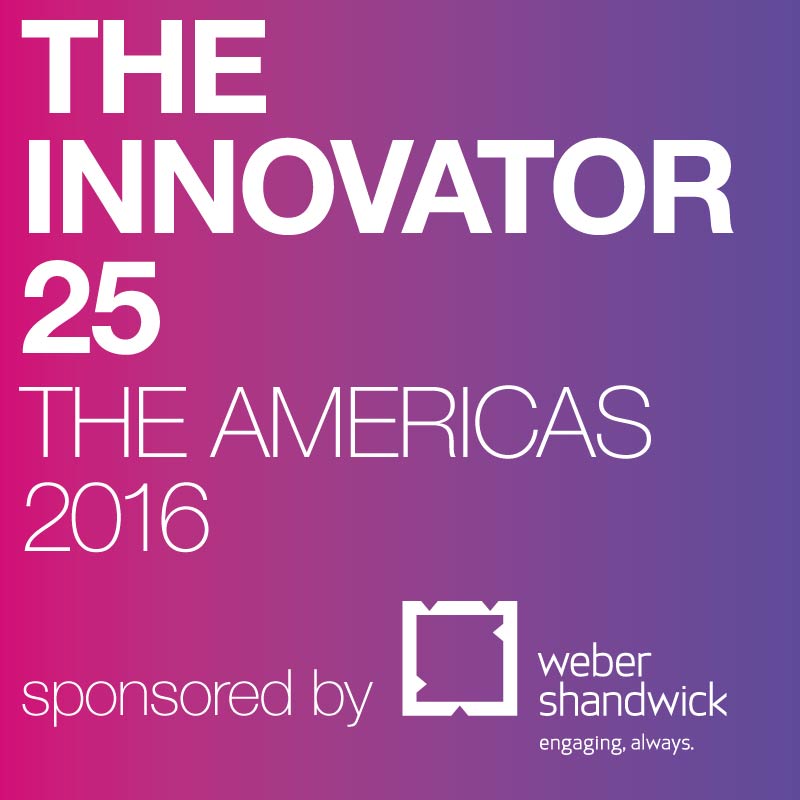
The Agency Playbook
The PR industry’s most comprehensive listing of firms from every region and specialty.

 Podcasts
PodcastsCatch the latest PR news & updates with PRovoke Media's PR Podcasts. Lifting the lid on key industry stories & trends, join our listeners of PR podcasts today.
 Videos
VideosLatest video interviews and campaigns from PRovoke Media, previously known as the Holmes Report.
Long-form journalism that analyzes the issues, challenges and opportunities facing the business and practice of PR.
 Profiles & Interviews
Profiles & InterviewsExplore PR profiles and interviews with leaders from the marketing and PR worlds.
 Crisis Review
Crisis ReviewPR Crisis & Business Crisis review. PRovoke Media's annual analysis of the top reputation crises to rock the corporate sector. Read on here.
 Coronavirus
CoronavirusPRovoke Media's coverage of the Covid-19 crisis, focusing on corporate communication, public affairs & PR industry fallout.
 Trend Forecasts
Trend ForecastsPRovoke Media's PR Trends round up. PRovoke Media's annual forecast of PR trends and news that will impact the PR world in the year ahead...
 Social & Digital
Social & DigitalDedicated to exploring the new frontiers of PR as it dives deeper into social media, content and analytics.
 Technology
TechnologyOur coverage of key technology PR trends and challenges from around the world of digital communications.
 Consumer
ConsumerFrom brand marketing to conscious consumerism, coverage of key marketing and PR trends worldwide.
 Employee Engagement
Employee EngagementPRovoke Media's coverage, analysis and news around the rapidly-shifting area of employee engagement and internal communications.
 Sports Marketing
Sports Marketing Sports PR news, diversity & inclusion trends, views and analysis from PRovoke Media. Subscribe today for the very latest in the world of sports communications.
 Global PR Agency Rankings
Global PR Agency RankingsPRovoke Media's definitive global benchmark of global PR agency size and growth.
Enter PRovoke Media's 2024 Global 250 Agency Ranking and/or our Agencies of the Year competitions now.
 Agencies of the Year
Agencies of the YearPRovoke Media's annual selections for PR Agencies of the Year, across all of the world's major markets.
 Innovator 25
Innovator 25PRovoke Media profiles marcomms innovators from across North America, EMEA and Asia-Pac.
 Creativity in PR
Creativity in PRIn-depth annual research into the PR industry's efforts to raise creative standards.
 Asia-Pacific Communication Index
Asia-Pacific Communication IndexAPACD/Ruder Finn annual study of Asia-Pacific in-house communications professionals.
 SABRE Awards
SABRE AwardsThe world's biggest PR awards programme, dedicated to benchmarking the best PR work from across the globe.
 PRovokeSummit Global
PRovokeSummit GlobalThe biggest PR conference of the year, a high-level forum designed to address the critical issues that matter most.
 PRovoke Media Regional Series
PRovoke Media Regional SeriesA global network of conferences that explore the innovation and disruption that is redefining public relations.
 Agencies of the Year
Agencies of the YearUnrivalled insight into the world's best PR agencies, across specialist and geographic categories.
 Roundtables
RoundtablesOur Roundtables bring together in-house comms leaders with PR firms to examine the future of communications.
 Agency Playbook
Agency PlaybookThe PR industry’s most comprehensive listing of firms from every region and specialty
.jpg) All Jobs
All JobsFind the latest global PR and communications jobs from PRovoke Media. From internships to account executives or directors. See all our PR jobs here.
PRovoke Media's editorial series published in collaboration with partners.
 The Innovator 25:
The Innovator 25:
Describe what you do.
Driving customer choice for Abbott, to help grow the business.
Where are you from/hometown?
Today, home is Chicago, and I'm originally from upstate New York.
In what area of marketing/PR do you see the most innovation?
Planning &Measurement. Big data is where I see the most innovation.
How would you describe the communications/PR industry's level of innovation?
About the same as other marketing disciplines
What is most important for the PR industry to do to foster more innovation?
Integrate more with the business to drive results.
How do you define innovation?
Innovation is differentiation that drives results.
Most innovative PR/comms campaign you've seen in the last 12 months?
The French supermarket chain, Intermarché, did a campaign called “Sugar Detox” that was just outstanding. To respond to French consumers’ concerns about excess sugar consumption, the company developed a yogurt package that offered six yogurts with varying sugar levels, to help consumers wean off the higher sugar yogurt. They did a great job using packaging and communications to respond to a real consumer pain point. The product sold out almost immediately and word of mouth drove in-store traffic up 30 percent. The campaign became a trending topic on Twitter in France with 56 million media impressions (France’s current population, for comparison, is about 65 million). “Sugar Detox” made it to the headlines of magazines and television shows, demonstrating how public relations often works best when part of an integrated campaign. The campaign also won several Lions awards this year, including two gold.
What brands and/or agencies are most innovative when it comes to marketing/PR?
The first two brands that come to mind are GE and Mastercard. GE is cutting edge from a creative content standpoint – and I think its strategy overall is really smart. Mastercard is remarkable in that it’s been able to endure and adapt its “Priceless” efforts. It’s a classic campaign that evolves with the times and continually has new elements. Priceless Surprises takes the campaign to a really effective, experiential place. I also have to give NASA recognition for its PR. NASA has done a great job making highly complex science both accessible and inspiring. Using images and data from the edge of the solar system, it’s telling compelling stories that reignite the public's interest in space exploration.
Describe a moment in your career that you would consider 'innovative.'
Innovation is all about disrupting the status quo to deliver top-notch results. As a leader, you need to anticipate the market to drive those results. When I was leading Abbott’s Health Systems Division in the very early days of e-commerce, we were part of a consortium of companies that created an online portal for hospitals to buy their supplies – GHX.com. This created a new offering in the hospital space, and something that only barely existed elsewhere. It eased a major challenge for hospitals and helped companies get much closer to customers to generate growth.
Something — not PR/marketing related — that is innovative.
In India, Abbott has a shared value program that is finding new ways to deliver results for our nutrition business. We have a new nutrition plant there – and we needed a sustainable supply of high quality milk. We realized we could multiply the positive impact of local manufacturing by also helping build a sustainable local dairy supply chain. We aim to provide up to 1,500 smallholder dairy farmers with the support and infrastructure they need to expand their production of high-quality milk. We have great partners on this – we work with both a local dairy company, Prabhat, and a non-profit organization seeking business solutions to poverty, TechnoServe. And we take a holistic approach: Training includes everything from financial management to advancing the role of women dairy farmers, and we also are building the infrastructure they need – 10 new bulk milk-chilling facilities. It’s a great example of finding those projects that provide broad and sustainable benefits. We get the high-quality milk we need, through local efforts that reduce our global environmental footprint. Farmers have the tools to increase their incomes and improve their families’ lives – and Indian consumers have access to high-quality nutrition products, made in India.
Please give our readers an idea of something that can inspire innovation — this can be a book/movie/podcast/activity/article.
Inspiration comes from listening to voices other than your own, from other disciplines. One way I do this is through reading. I am a consumer of words. I try to read far and wide. Newspapers, magazines, blogs, email newsletters – anything that piques my interest. When you expose yourself to a diverse set of voices and information, you can connect seemingly disparate bits of information and come up with a true insight. My staff is used to getting all kinds of clippings and emails from me – everything from a graphic I find particularly compelling, to a long-form read on an actor I know they like. I think I tend to hire people who are also information hounds, who bring with them expertise that informs their jobs in interesting ways, even if at first it seems unrelated. For example, recently I wrote a piece on LinkedIn about how the lessons I’ve learned from my lifelong love of the theater apply to my job today.
Least favorite time of day?
When I’m tired.
Most innovative place in the world? This could be a city, a venue, a neighborhood, etc.
India – there is such a palpable energy there, and so many people looking to create and build new things.
#FirstSevenJobs
1. Babysitter – watching twins plus a 3 and 5 year old was one of my first lessons in management.
2. Gourmet cooking store sales clerk – it made me a kitchen/food lover and my kitchen still is overstocked with chef’s tools.
3. Law office intern – where I learned that I did not want to be a lawyer.
4. Page in the U.S. Senate – incredibly valuable chance to get an inside look at government.
5. Communication Specialist, American Hospital Supply Corporation – the start of my health care career.
6. Product Manager for New Products, GD Searle – where I oversaw products from idea generation all the way to the market.
7. Consultant, Louden & Company – consulting is fast-paced and intense, but a great way to really understand a diverse set of companies and challenges. It turbo-charged my business experience.



The PR industry’s most comprehensive listing of firms from every region and specialty.






Intelligence and insight from across the PR world.
About PRovoke Media Contact Us Privacy & Cookie PolicyWe feel that the views of the reader are as important as the views of the writer. Please contact us at [email protected]
Signup For Our Newsletter Media Kits/Editorial Calendar Jobs Postings A-Z News Sitemap© Holmes Report LLC 2024